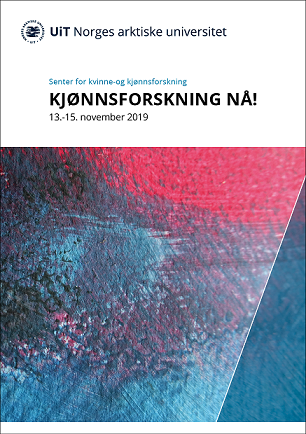Understanding gender imbalances among university professors
The shaping and reshaping of epistemic living spaces
DOI:
https://doi.org/10.7557/5.5101Abstract
Gender imbalance among university professors is a persistent problem. Although the share of women full professors has increased from 13% in 2000 to 26% in 2015 in Norway, the gender gap persists. Gender imbalance is not only a problem at specific faculties (e.g. engineering) but can very drastically between departments. For instance, the percentage of women full professors varied between 14% and 71% at the departments of the Faculty of Humanities at NTNU. At the same time, universities are also drastically changing in order to accommodate shifts such as new public management measures, new imaginaries about what a university should be, and increased pressure on academics to improve their performance with respect to teaching, publishing, innovation, and outreach. To understand this changing landscape, we need to explore how gender imbalances are produced in the day to day work at universities. In other words, how gender imbalances are embedded in scientific cultures.
In the newly started project “Understanding gender imbalances among university professors: the shaping and reshaping of epistemic living spaces (GENDIM)” we aim to use ‘epistemic living spaces’ (Felt, 2009) as a key concept to unpack the way gender issues and gender policies are intertwined with the day to day work at universities. In this presentation, I aim to present this concept and discuss its potential in opening new ways for understanding and responding to questions of gender balance among university professors.
Metrics
No metrics found.









